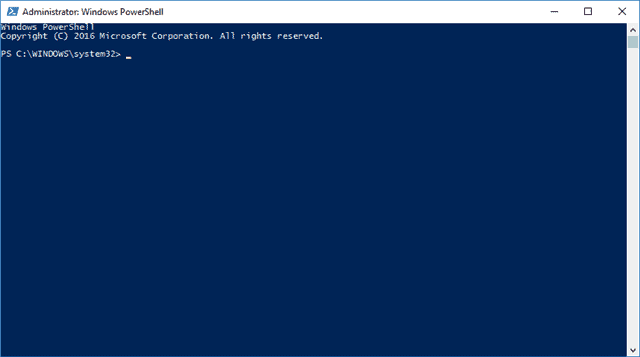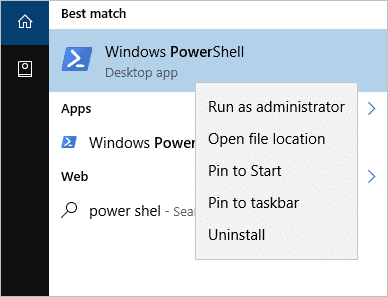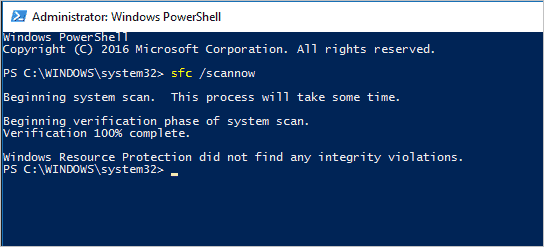While Windows 10, and Windows in general, may have its fair share of issues, there are many built-in tools to help you troubleshoot and solve them. Most consumers rely on guides like ours to learn the ins and outs of Windows, including solving issues themselves.
One way to troubleshoot a variety of Windows issues is to scan the system and fix corrupted files. This can help all sorts of issues, such as a slow system, sudden power failures, and system crashes.
Let’s look at how to scan and fix corrupted system files in Windows 10 to save you time, energy, and frustration with your PC.
Alternate Method: How to Repair Corrupt System Files in Windows 10
Scan and Fix Corrupted Files with PowerShell

We’re going to use Windows PowerShell to show you how to use the Deployment Image Servicing and Management (DISM) to scan and fix corrupted system files in Windows 10. However, using Windows 10 PowerShell after the Anniversary Update proves to be more efficient than using the Command Prompt route we’ve covered here.
Open either PowerShell or with Cortana. Make sure to select “Run as Administrator” when you do so.

Now, type the following into the PowerShell window:
sfc /scannow

If this first scan finds any issues, Windows will attempt to fix them. If Windows can’t fix them, it’ll alert you that further research is needed.

From there, you’ll need to run a DISM scan. You can do that with the following command:
Dism /Online /Cleanup-Image /RestoreHealth

This scan takes some time and may get stuck at several points, typically around the 20 percent mark. Let it run until completion.
If the DISM scan finds any corrupt system files, Windows will attempt to fix them and give you a progress report at the end.

If Windows can’t find the files it needs to repair the corrupt system files, you’ll also be given information on what to do next with a link to Microsoft’s website and troubleshooting options.
If you have Windows installation media either on a USB drive or CD/DVD, you can rerun the scan and point the scan to use the source media to find the files it couldn’t, during the original scan.
To do this, run the following command after replacing “X” with the drive letter of your CD/DVD drive or USB drive:
Dism /Online /Cleanup-Image /RestoreHealth /Source:wim:X:\sources\install.wim:1
If that still doesn’t work, try this command:
Dism /Online /Cleanup-Image /RestoreHealth /Source:wim:X:\sources\install.wim:1 /limitaccess
The above command limits Windows from using what’s on the source material and not to look for an update in Windows Update during the process which may cause more issues.
After running the DISM scan, you’ll want to run another SFC scan to ensure Windows cleans up any remaining minor issues.
Rerun this command:
sfc /scannow
After running the SFC scan again, follow any instructions in PowerShell or Command Prompt, then restart your PC.
Conclusion
If you’ve upgraded to the Anniversary Update, we recommend using the PowerShell method versus the Command Prompt for more satisfactory results. If the above steps don’t fix corrupted files issue, you can check one thing off your troubleshooting list and move on to the next.
We’d recommend reaching out to Microsoft specifically about the issues you’re having with Windows 10. They’ll be able to offer other troubleshooting options to fix your specific problems. Try the Microsoft support center.
Must Read: How to Configure Windows 10 for Complete Security and Privacy?







